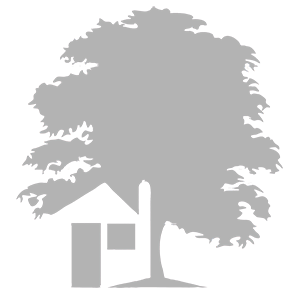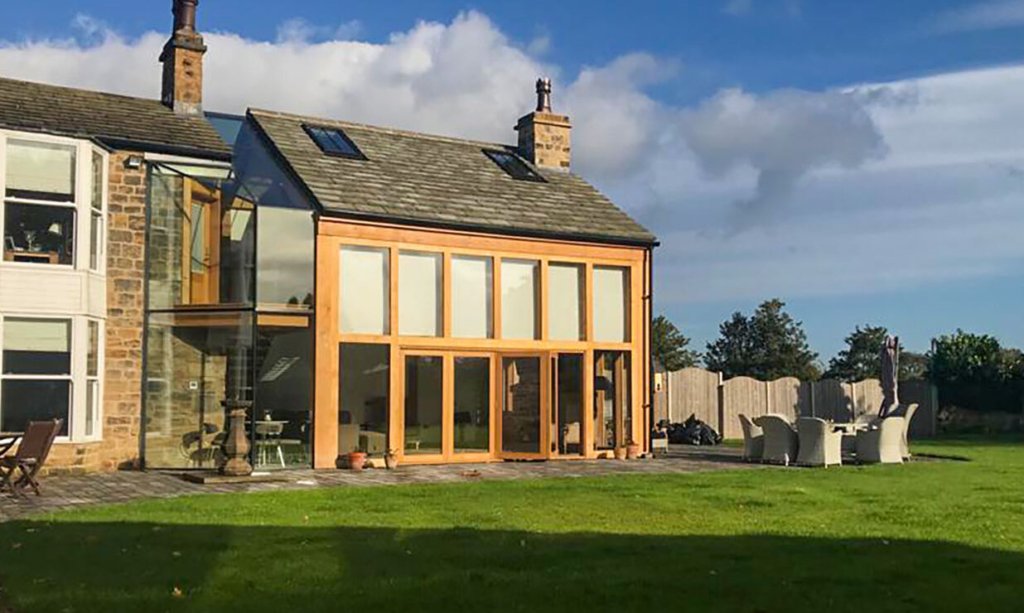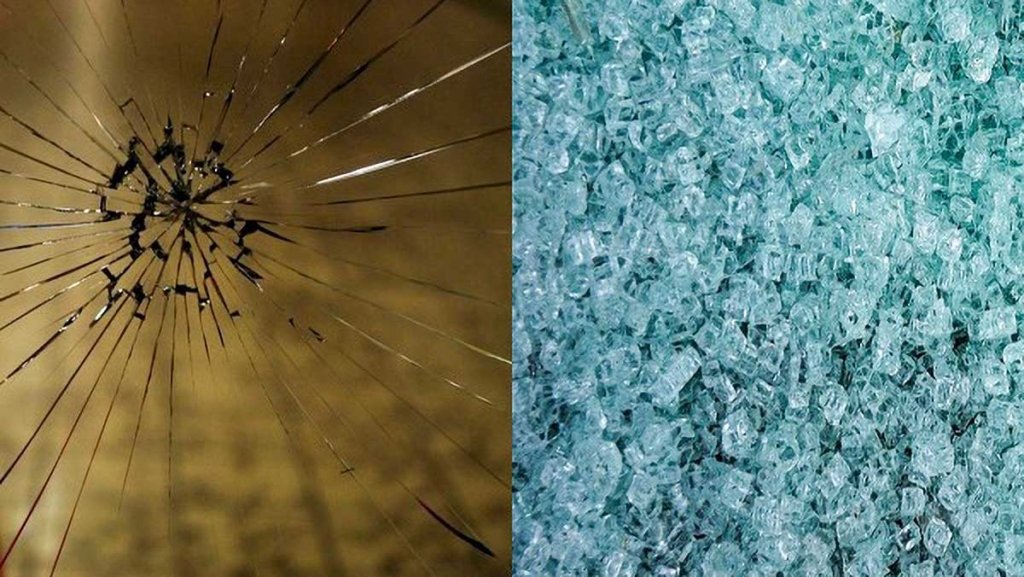
oakbydesign
01423 593 794



Much like the sword and shield in an ancient battle, toughened and laminated glass each bring unique strengths to modern construction and design. Toughened glass, with its impressive impact resistance, proves invaluable in high-risk environments. Laminated glass, on the other hand, excels in safety by holding shattered pieces intact and providing additional benefits like UV protection. However, these advantages come with their own sets of trade-offs. Understanding the intricacies of these materials can guide the decision-making process for architects and builders, making one ponder which will best suit their needs.
Toughened glass, engineered for enhanced strength, offers several compelling benefits that cater to demanding environments.
Its thermal tempering process, involving rapid heating and cooling, yields a material up to five times stronger than standard annealed glass. This robustness guarantees high impact resistance, making it ideal for applications like vehicle windows, shower doors, and protective screens.
Additionally, toughened glass can withstand significant thermal stresses, maintaining integrity even under extreme temperature fluctuations.
Safety is paramount; when it breaks, it shatters into small, blunt pieces, reducing injury risk.
This high-performance glass assures durability and reliability in both residential and industrial settings, making it a preferred choice for those requiring a resilient and robust solution.
Despite its impressive strength and thermal resistance, what’re the potential drawbacks of toughened glass that industry professionals should consider?
One significant drawback is that once toughened glass is manufactured, it can’t be cut or modified, necessitating precise initial measurements.
Additionally, while it shatters into small, blunt pieces to prevent severe injury, these fragments can still pose a hazard in certain scenarios.
Another limitation is its susceptibility to spontaneous breakage due to nickel sulphide inclusions, which can expand under stress.
Furthermore, while toughened glass resists impact, it lacks the structural integrity of laminated glass upon breakage, thereby offering less security in applications requiring anti-penetration properties.
These factors should be weighed carefully when specifying glass types for projects.

Laminated glass frequently offers unparalleled advantages regarding safety and security, making it a preferred choice for high-risk environments.
Its construction involves bonding multiple glass layers with a PVB or EVA interlayer, resulting in a robust structure that resists shattering. Upon impact, the interlayer holds the glass fragments together, preventing penetration and reducing the risk of injury. This feature makes laminated glass invaluable for automotive windscreens, security windows, and shopfronts.
Furthermore, it considerably enhances acoustic insulation, reducing noise transmission by a remarkable margin. Laminated glass also blocks over 99% of UV radiation, protecting interiors from sun damage.
These attributes guarantee that laminated glass not only fortifies security but also improves comfort and longevity in various applications.
While laminated glass excels in safety and security, it does come with certain drawbacks that may affect its suitability for some applications.
To begin with, laminated glass tends to be more expensive due to its complex manufacturing process involving multiple layers and interlayers.
In addition, its optical clarity can be compromised over time as the interlayer may deteriorate or delaminate under prolonged UV exposure.
Additionally, laminated glass is heavier than its toughened counterpart, imposing structural load considerations in architectural applications.
The increased weight and cost can complicate installation and maintenance.
Finally, in high-temperature environments, the interlayer might soften, reducing the glass’s overall performance.
These factors make laminated glass less ideal for applications prioritising cost-efficiency and lightweight construction.
Selecting the ideal type of glass hinges on a thorough evaluation of specific requirements and operational conditions.
Toughened glass, with its superior impact resistance and thermal stability, suits environments demanding robustness, such as shower enclosures and vehicle windows.
Conversely, laminated glass offers enhanced security, sound insulation, and UV protection, making it indispensable for applications like shopfronts and automotive windscreens.
Analysing factors such as safety, durability, and environmental stresses will guide the decision.
For high-impact zones and thermal variation scenarios, toughened glass excels.
In contrast, for security-sensitive and acoustic isolation needs, laminated glass is preferred.
Therefore, understanding the operational demands guarantees the best glass type is selected, balancing performance with specific application needs.
Telephone: 01423 593 794
Locksley Park
Blind Lane
Tockwith
YORK YO26 7QJ
Opening Times:
Mon to Fri - 9.00am to 5.00pm
Bank Holidays - Closed
Christmas 2025- TBC
Oak By Design is the trading name of:
Oak By Design Ltd.
Reg Number: 04384416
VAT Number: 664 8012 33